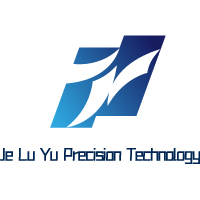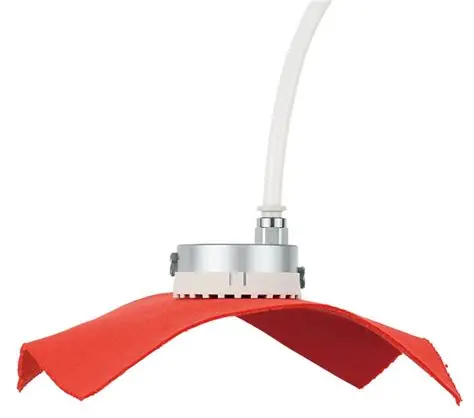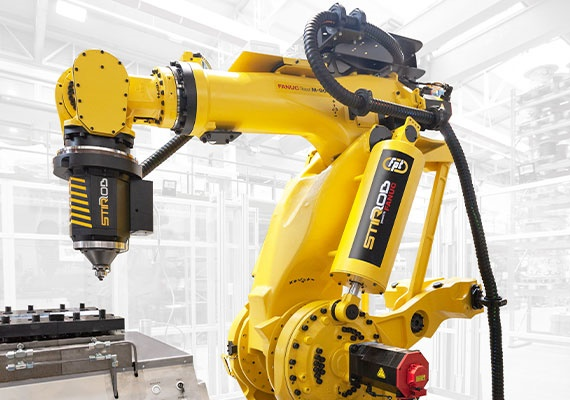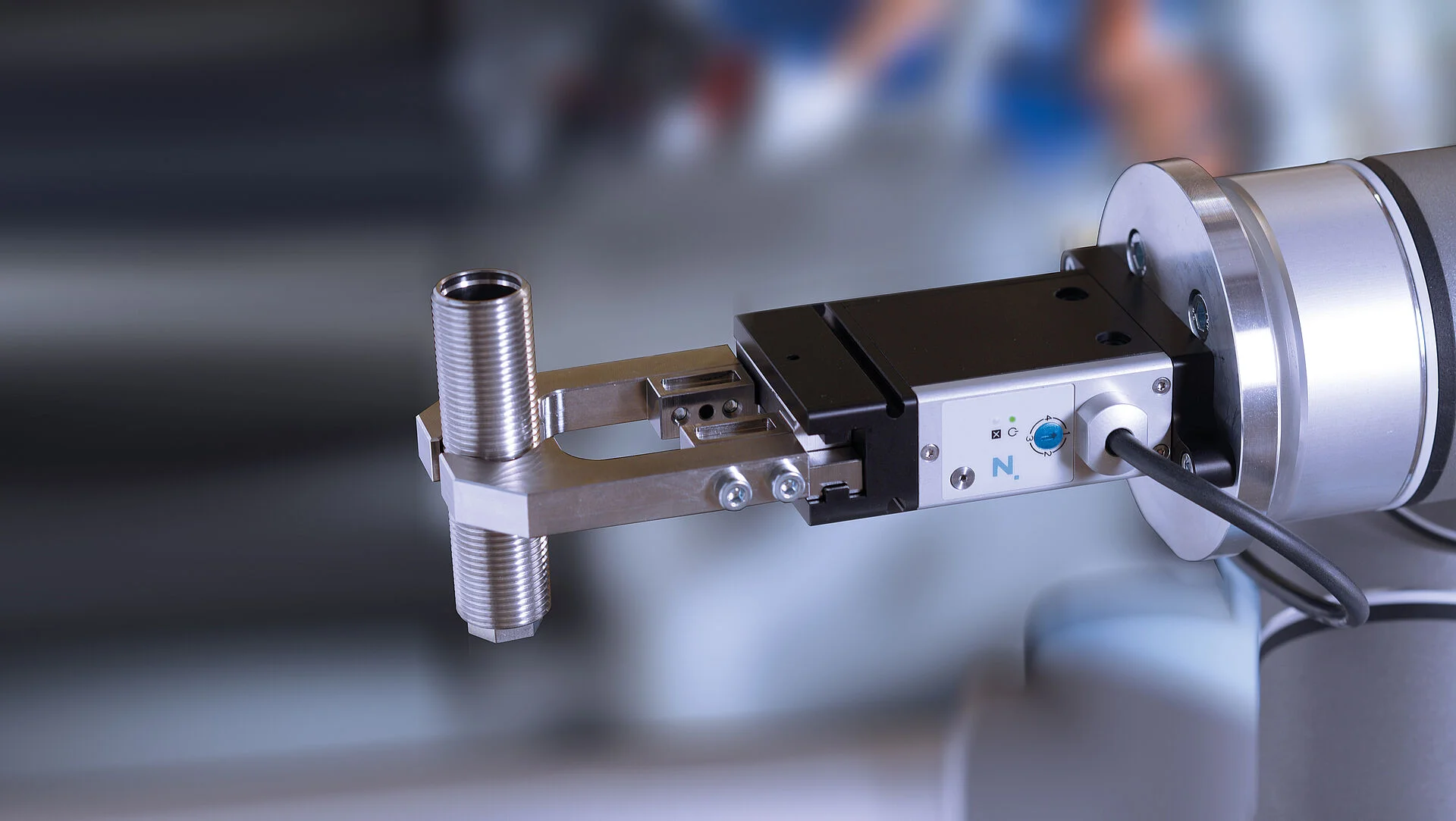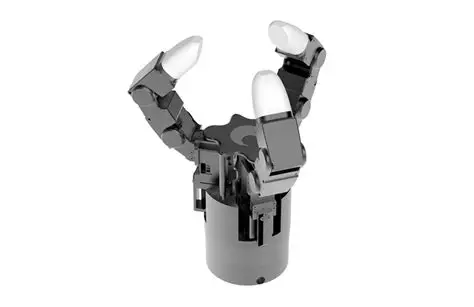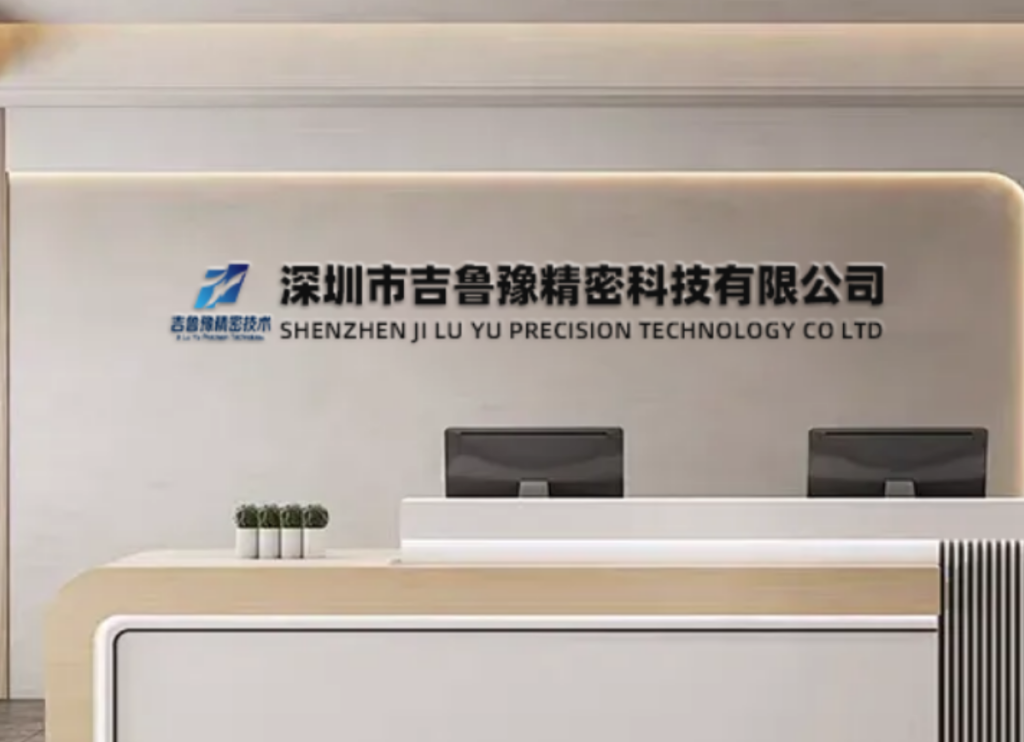Complete 3D Printing Materials Guide 2025
A Technical Handbook from JLYPT’s Materials Lab
Introduction
Selecting the correct additive-manufacturing (AM) material is the single highest-leverage decision in the product-development cycle. It dictates mechanical reliability, regulatory compliance, aesthetic finish, and ultimately, cost per part. JLYPT’s ISO 9001-accredited materials laboratory has characterized more than 50 industrial-grade polymers across FDM, SLA, SLS, MJF, and SLM platforms. This handbook delivers the data sheets, process-parameter windows, and three fresh case studies that engineers need to make evidence-based choices—without marketing fluff.
Selecting the correct additive-manufacturing (AM) material is the single highest-leverage decision in the product-development cycle. It dictates mechanical reliability, regulatory compliance, aesthetic finish, and ultimately, cost per part. JLYPT’s ISO 9001-accredited materials laboratory has characterized more than 50 industrial-grade polymers across FDM, SLA, SLS, MJF, and SLM platforms. This handbook delivers the data sheets, process-parameter windows, and three fresh case studies that engineers need to make evidence-based choices—without marketing fluff.
Table 1 — Material Quick-Selector Matrix
| Use-Case | FDM | SLA | SLS | MJF | SLM |
|---|---|---|---|---|---|
| High-temp (>150 °C) | PEI / PPSU | — | PA12 CF | PA12 CF | AlSi10Mg |
| Food contact | PETG-FDA | Bio-Med Clear | PP Natural | — | 316L |
| ESD safe | PETG-ESD | ESD-SLA | PA12 ESD | PA12 ESD | Ti64-ESD |
| Transparent optics | — | Clear / ABS-Like | — | — | — |
| Flame retardant UL94 V-0 | PC-FR | Flame-Retardant | PA11 FR | — | — |
| Flexible seals | TPU | Flexible resin | TPA | TPU | — |
Table 2 — Mechanical & Thermal Property Datasheet (23 °C)
| Material | Process | Tensile (MPa) | Elongation (%) | HDT 0.45 MPa (°C) | Impact (kJ/m²) | Cost / cm³ |
|---|---|---|---|---|---|---|
| PLA Pro | FDM | 55 | 6 | 55 | 16 | $0.04 |
| ABS | FDM | 38 | 25 | 95 | 38 | $0.05 |
| Nylon 12 CF | FDM | 110 | 8 | 170 | 55 | $0.12 |
| PETG Clear | FDM | 50 | 120 | 75 | 35 | $0.06 |
| PC-FR | FDM | 70 | 110 | 135 | 60 | $0.11 |
| PEI 9085 | FDM | 110 | 6 | 190 | 50 | $0.28 |
| Tough 2000 | SLA | 55 | 35 | 55 | 30 | $0.18 |
| Clear GP | SLA | 65 | 12 | 52 | 20 | $0.16 |
| Bio-Med Clear | SLA | 55 | 20 | 50 | 25 | $0.22 |
| PA12 SLS | SLS | 48 | 18 | 95 | 32 | $0.09 |
| PA12 CF MJF | MJF | 70 | 10 | 170 | 45 | $0.13 |
| AlSi10Mg | SLM | 340 | 8 | 500 | 90 | $0.45 |
Section 1 — FDM Thermoplastics Deep-Dive
1.1 Rheology & Printability
• PETG exhibits shear-thinning above γ̇ = 100 s⁻¹; maintain volumetric flow Q ≥ 4 mm³/s to avoid shark-skin.
• PEI requires nozzle ≥ 300 °C and chamber ≥ 80 °C to prevent layer delamination (ΔT > Tg − 20 °C).
• PETG exhibits shear-thinning above γ̇ = 100 s⁻¹; maintain volumetric flow Q ≥ 4 mm³/s to avoid shark-skin.
• PEI requires nozzle ≥ 300 °C and chamber ≥ 80 °C to prevent layer delamination (ΔT > Tg − 20 °C).
1.2 Moisture Management
• Nylon 12 absorbs 0.4 wt % in 24 h @ 50 % RH → dry at 80 °C for 4 h before printing.
• PC-FR: 0.2 wt % moisture causes surface blistering; use sealed dry-box with < 10 % RH.
• Nylon 12 absorbs 0.4 wt % in 24 h @ 50 % RH → dry at 80 °C for 4 h before printing.
• PC-FR: 0.2 wt % moisture causes surface blistering; use sealed dry-box with < 10 % RH.
1.3 Annealing Protocol
• PEI: 180 °C for 2 h in nitrogen increases HDT by 10 °C and tensile by 8 %.
• Post-anneal shrinkage: +0.2 % in-plane, +0.3 % Z—compensate in CAD.
• PEI: 180 °C for 2 h in nitrogen increases HDT by 10 °C and tensile by 8 %.
• Post-anneal shrinkage: +0.2 % in-plane, +0.3 % Z—compensate in CAD.
Section 2 — SLA Resins: Chemistry & Curing
2.1 Monomer Families
• Methacrylate: high stiffness, brittle (Tough 2000).
• Epoxy-acrylate: excellent clarity, low shrink (< 0.5 %).
• Methacrylate: high stiffness, brittle (Tough 2000).
• Epoxy-acrylate: excellent clarity, low shrink (< 0.5 %).
2.2 Biocompatibility
• ISO 10993-5 cytotoxicity pass required for surgical guides.
• Gamma sterilization stability: Clear GP retains 95 % tensile after 25 kGy.
• ISO 10993-5 cytotoxicity pass required for surgical guides.
• Gamma sterilization stability: Clear GP retains 95 % tensile after 25 kGy.
2.3 Post-Cure Optimization
• 405 nm LED array, 60 °C, nitrogen purge for 15 min → 95 % double-bond conversion.
• Over-cure (> 30 min) increases brittleness (ΔIzod −15 %).
• 405 nm LED array, 60 °C, nitrogen purge for 15 min → 95 % double-bond conversion.
• Over-cure (> 30 min) increases brittleness (ΔIzod −15 %).
Section 3 — SLS & MJF Polyamide Powders
3.1 Particle Size Distribution
• D50 = 60 µm for PA12 SLS; D50 = 50 µm for MJF → smoother sidewalls Ra 4 µm vs 6 µm.
• D50 = 60 µm for PA12 SLS; D50 = 50 µm for MJF → smoother sidewalls Ra 4 µm vs 6 µm.
3.2 Refresh Ratio
• PA12 SLS: 50 % virgin / 50 % recycled maintains mechanical properties within ±5 %.
• MJF refresh 30 % due to thermal cycling degradation.
• PA12 SLS: 50 % virgin / 50 % recycled maintains mechanical properties within ±5 %.
• MJF refresh 30 % due to thermal cycling degradation.
3.3 Vapor Smoothing
• Ethyl acetate vapor 30 s reduces Ra from 6 µm to 1 µm, sealing surface porosity.
• Ethyl acetate vapor 30 s reduces Ra from 6 µm to 1 µm, sealing surface porosity.
Section 4 — Metals: SLM vs. Binder Jet
| Property | AlSi10Mg SLM | 17-4 PH SLM | 316L BJ | Unit |
|---|---|---|---|---|
| Tensile | 340 | 1100 | 520 | MPa |
| Elongation | 8 | 6 | 30 | % |
| Surface Ra as-built | 9 | 11 | 15 | µm |
| Heat treatment | T6 | H900 | Sinter + HIP | — |
| Cost / cm³ | 0.45 | 1.10 | 0.35 | USD |
Section 5 — Cost Analysis Example
Scenario: 500 pcs, 50 cm³ each, mid-temperature enclosure.
复制
| Material | Process | Tooling ($) | Part Cost ($) | Lead (days) | TCO ($) |
|---|---|---|---|---|---|
| PEI 9085 | FDM | 0 | 14.0 | 4 | 7,000 |
| PA12 CF | SLS | 0 | 6.5 | 6 | 3,250 |
| ABS | Injection | 8,000 | 1.2 | 28 | 8,600 |
| Decision: SLS PA12 CF wins on total cost of ownership (TCO). |
Section 6 — Case Studies
Case 1 — High-Temp Battery Housing
Client: E-motorcycle OEM
Challenge: 120 °C service, UL94 V-0, 300-piece pilot.
Solution: PEI 9085 FDM, 0.2 mm layer, CNC milled gasket groove post-print.
Result: Passed thermal cycle 1,000 x −40 ↔ 120 °C; saved $45 k tooling.
Client: E-motorcycle OEM
Challenge: 120 °C service, UL94 V-0, 300-piece pilot.
Solution: PEI 9085 FDM, 0.2 mm layer, CNC milled gasket groove post-print.
Result: Passed thermal cycle 1,000 x −40 ↔ 120 °C; saved $45 k tooling.
Case 2 — Surgical Drill Guide
Client: Med-tech start-up
Challenge: Biocompatible, sterilizable, 50 mm long, 0.1 mm accuracy.
Solution: Bio-Med Clear SLA, 25 µm layer, autoclave validated.
Lead time: 3 days vs. 5-week machined PEEK.
Client: Med-tech start-up
Challenge: Biocompatible, sterilizable, 50 mm long, 0.1 mm accuracy.
Solution: Bio-Med Clear SLA, 25 µm layer, autoclave validated.
Lead time: 3 days vs. 5-week machined PEEK.
Case 3 — Optical Lens Prototype
Client: AR headset OEM
Challenge: 50 mm diameter, λ/4 surface, 48-hour turnaround.
Solution: Clear GP SLA, 0.05 mm layer, vapor-polished, then UV-coated.
Wavefront error: 110 nm RMS vs. 60 nm target—acceptable for prototype.
Client: AR headset OEM
Challenge: 50 mm diameter, λ/4 surface, 48-hour turnaround.
Solution: Clear GP SLA, 0.05 mm layer, vapor-polished, then UV-coated.
Wavefront error: 110 nm RMS vs. 60 nm target—acceptable for prototype.
Section 7 — Sustainability & Recycling
• PETG & PLA: mechanical regrind → desk organizers.
• PA12 SLS: closed-loop powder refresh 50 % reduces virgin resin by 40 %.
• Metal powder: argon inerting + sieving enables 95 % reuse after SLM.
• PA12 SLS: closed-loop powder refresh 50 % reduces virgin resin by 40 %.
• Metal powder: argon inerting + sieving enables 95 % reuse after SLM.
Section 8 — FAQ
Q: Which material for outdoor UV exposure?
A: ASA or PC-UV; add 2 % HALS masterbatch for > 5 years colorfastness.
A: ASA or PC-UV; add 2 % HALS masterbatch for > 5 years colorfastness.
Q: Can FDM Nylon be tapped?
A: Yes—print undersized 0.15 mm, chase with tap; use heat-set inserts for > M6.
A: Yes—print undersized 0.15 mm, chase with tap; use heat-set inserts for > M6.
Q: SLA vs MJF dimensional accuracy?
A: SLA ±0.1 mm up to 100 mm; MJF ±0.2 mm but isotropic strength.
A: SLA ±0.1 mm up to 100 mm; MJF ±0.2 mm but isotropic strength.
Ready to materialize your design? Upload CAD to Rapid 3D Printing Services – JLYPT for instant material recommendation, pricing, and DFM report.
